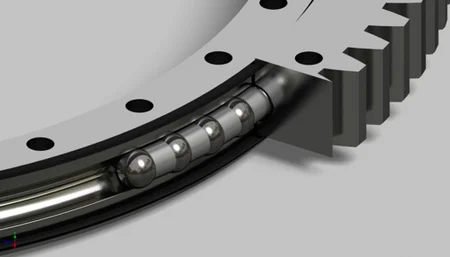- Joined
- Sep 29, 2017
- Messages
- 2,253
By this,do you mean basically putting a sleeve over each ball or rather every second ball so they don't rub on each other? I must just remind everyone that this is not a high revving motor ofsorts,but just a windmill turning at low speed every now and then. My question, is the spacers REALLY necessary?It would be a good idea to install a short length (2mm?) of Teflon tube between each of the new balls, as separators, so the balls don't rub on each other.


